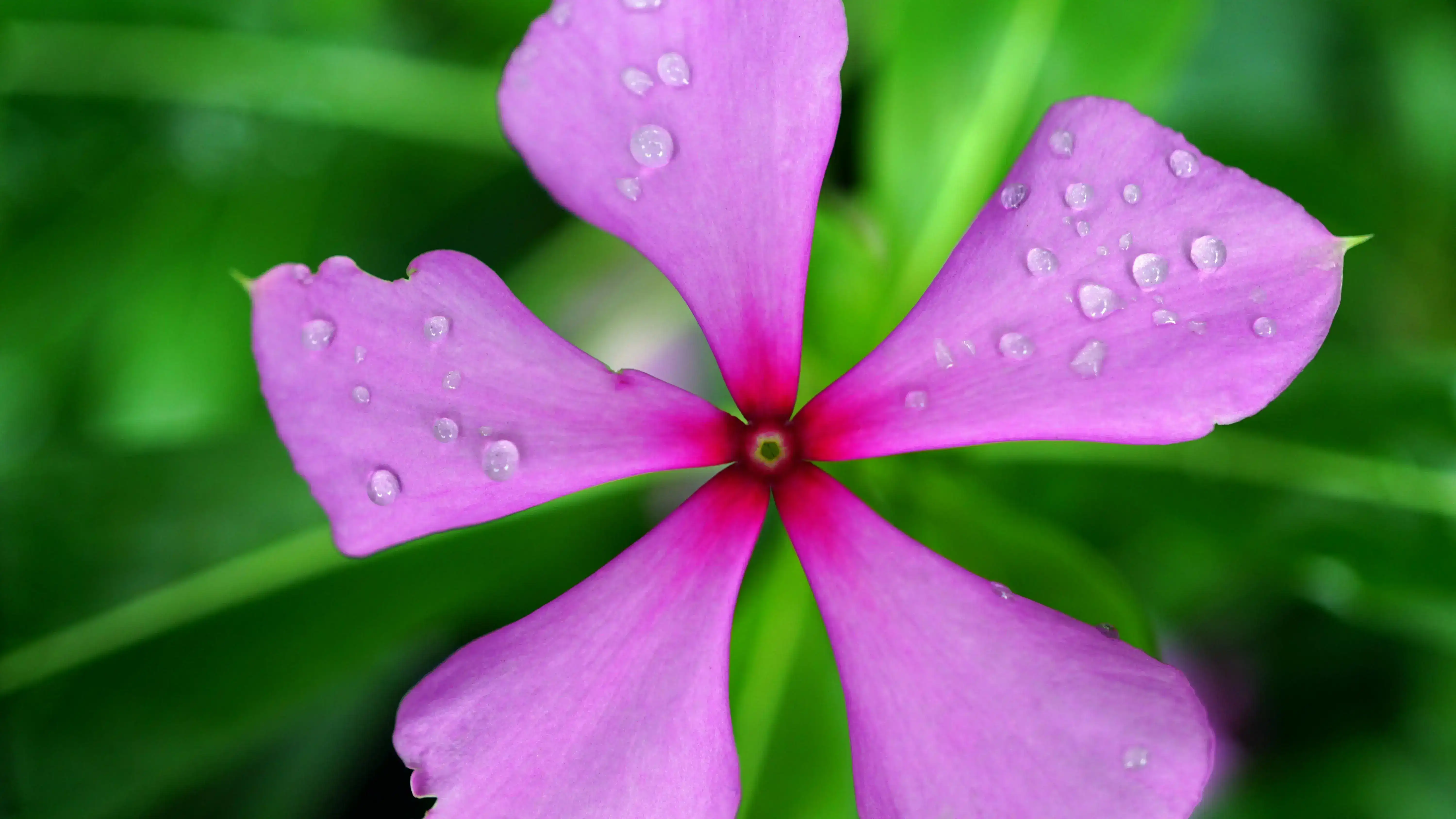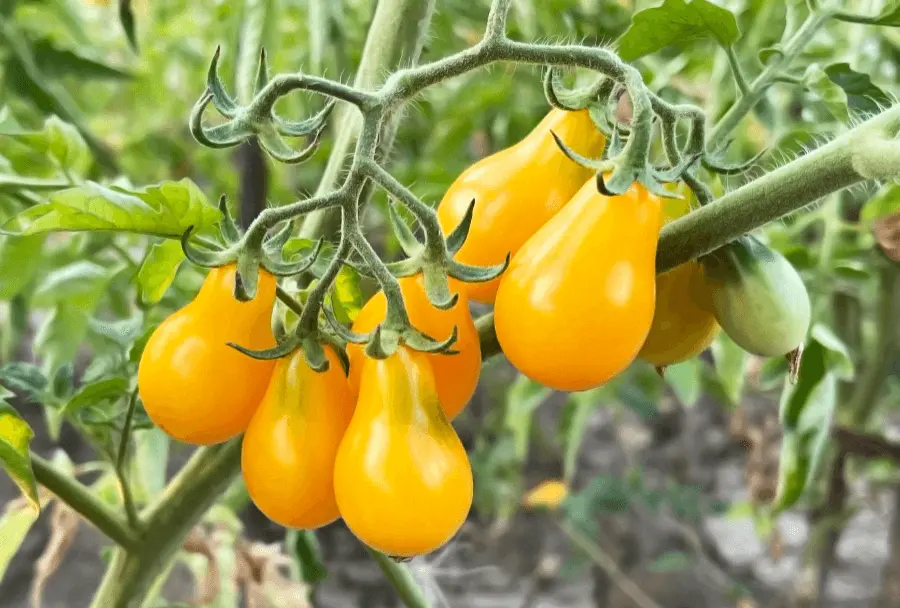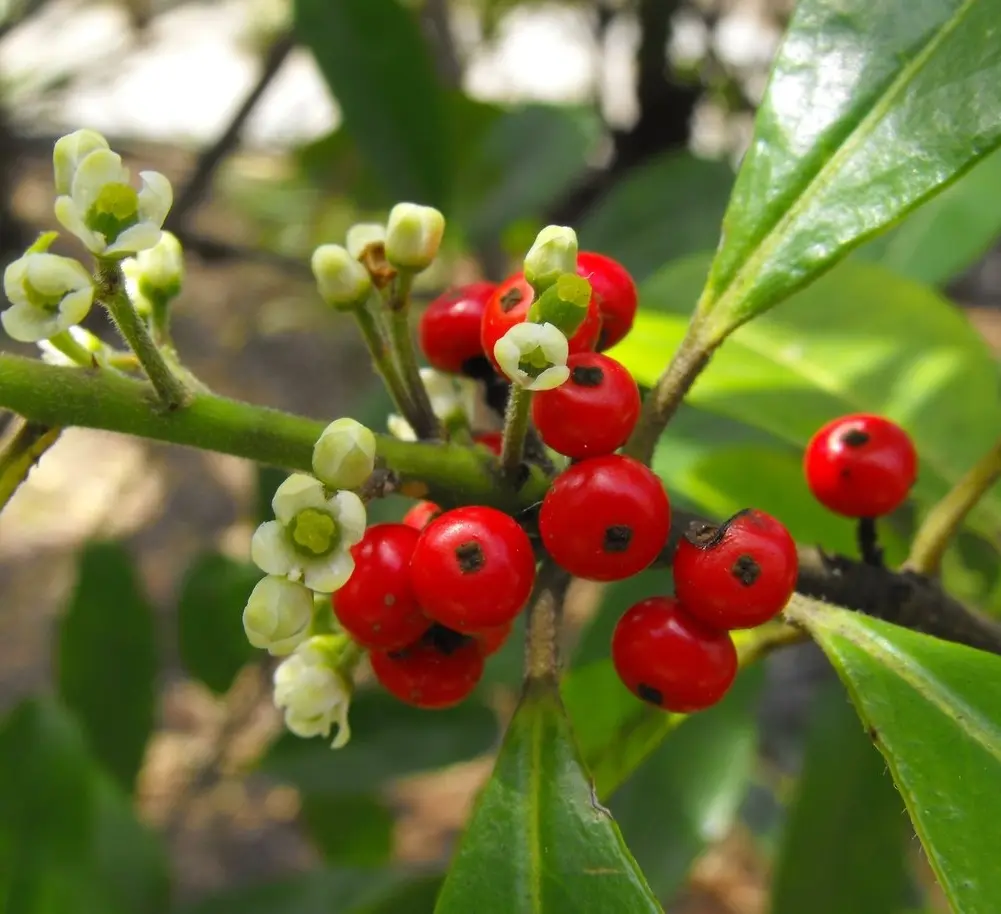
Soil Health & Fertilization
We unite suppliers and green industry professionals worldwide
The Madagascar Palm (Pachypodium lamerei) is a plant that has many gardeners wondering just that. Despite its name, it’s not a real palm, it’s a succulent, but it absolutely earns its place as a dramatic showpiece. This plant is a garden staple in warmer
By Mariam Scott
|Published on June 17, 2025


“Who says beauty can’t be gritty?”
The Madagascar Periwinkle flower not only thrives in heat, sun, and drought but also graces the garden with delicate, five-petaled blooms in pinks, whites, and purples. Native to Madagascar and other parts of tropic, this plant is both ornamental and medicinal — praised for its bright color and its use in medicine throughout history.
Also known as Catharanthus roseus, this plant is a garden staple in warmer climates and an annual favorite elsewhere. It is easy to grow, rarely fussy and flowers from spring to frost. Whether grown in beds, borders or containers, the Madagascar Periwinkle is a hardworking bloomer that offers enduring color for little effort.
| Common Name | Madagascar Periwinkle |
| Botanical Name | Catharanthus roseus |
| Type | Tender perennial (grown as an annual in cooler zones) |
| Height | 1–2 feet |
| Light Needs | Full sun to partial shade |
| Soil | Well-draining, moderately fertile |
| Watering | Medium; drought-resistant once established |
| Flowering Season | Late spring to first frost |
| Hardiness Zones | 10-11 |
| Toxicity | Toxic if ingested |

September 25, 2025
9 minute read
September 24, 2025
9 minute read
September 23, 2025
10 minute read
September 22, 2025
9 minute read


Join as a seller and connect with thousands of B2B buyers nationwide!
Sign Up

Yellow Pear Tomato
Yellow Pear Tomato – this adorable heirloom variety is mostly grape-sized with fresh yellow fruit in the shape of teardrop or tiny pears. This tomato has been passed down through generations of gardeners for its sweet flavor, prolific yield, and playful

Yerba Mate
Yerba Mate is a small evergreen tree native to subtropical South America that produces leaves known for brewing a naturally caffeinated tea rich in antioxidant properties. It is not just a source of stimulating tea for growers; it also offers shiny green

Watermelon Peperomia
Watermelon Peperomia is a tropical evergreen native to South America. It’s popular because of its easy-care nature, compact growth habit and, especially, those eye-catching leaves that look like tiny watermelon skins

Lady’s Mantle
Lady’s Mantle is known for its velvety, scalloped leaves, which catch and hold raindrops as if they were liquid pearls. This old-fashioned perennial is not only gorgeous, it is extremely resilient, low maintenance and useful. It is a favorite for cottage
Madagascar Periwinkle is colorful but also versatile. It thrives in sunny, warm places and is especially prized in places where other flowers may fade. It is also a great filler for containers, window boxes or hot, dry borders. Once it’s established, it’s tolerant of both drought and poor soil, but repays you by providing you with an almost continuous display of bright blooms.
This plant flourishes in full sun, where it will produce the most blooms and maintain compact, bushy growth.It should ideally get 6 or more hours of full sunlight daily. In very hot climes, some afternoon shade can prevent wilting, but too much shade will prevent flowering and lead to leggy growth. Indoors, a bright, sunny windowsill is a must.
Madagascar Periwinkle likes moist but well-draining soil that doesn’t hold too much moisture. A moderately fertile, sandy or loamy soil is ideal. Too rich or moisture-retaining soil may cause root rot and poor flowering.
In pots, use a lightweight potting mix, and make sure containers have drainage holes to keep the roots happy and dry.
While young plants benefit from regular watering, Madagascar periwinkle is surprisingly drought-tolerant once established. Water thoroughly, but let the soil dry in between waterings — especially in cooler months. One of the most common problems is overwatering; too much moisture can result in yellowing leaves and even fungal problems. Increase watering frequency in hot summer spells, but always check soil moisture level first.
You don’t need to prune it, but a little TLC makes a big difference in keeping the plant neat and productive. Deadheading spent blooms encourages more flowers and prevents the plant from going to seed. You can also lightly prune leggy stems to encourage bushier growth and a fuller shape. If they are being grown as a perennial in warmer zones, cut back the plant in early spring to stimulate lush new growth.
The Madagascar Periwinkle is primarily grown from seed, though stem cuttings are also possible.
To grow from seed:
Cuttings can be taken from non-flowering stems in late spring or summer. Dip in rooting hormone and put in moist potting soil; keep the cutting warm and humid until the roots grow.
This plant is a great addition to containers, as it can thrive on patios, balconies, and sunny windowsills.
When planted in containers, Madagascar periwinkle will require more regular watering in hot weather, particularly if planted in terracotta pots or placed in windy locations.
In zones 10–11, Madagascar Periwinkle will grow as a short-lived perennial. In the colder climates, treat it like an annual, or bring it indoors before the frost.
For overwintering indoors:
Madagascar Periwinkle is a great bloomer and can flower from late spring to first frost. The plant doesn’t require deadheading to continue blooming, but doing so will tidy up the plant and possibly encourage more flowers. It produces abundant five-petaled flowers in vivid shades of pink, white, purple, and occasionally red, adding bright, cheerful color to hot, sunny spots where other plants might fade.
It will produce the best flowers if you give it plenty of sunlight and well-drained soil. Avoid high-nitrogen fertilizers, which may boost foliage at the expense of blooms.
While hardy in general, Madagascar Periwinkle may encounter a few issues if conditions are too wet or humid.
The best defense against most problems is proper spacing and good soil drainage.
No, it’s unrelated to Vinca minor or Vinca major, though it’s often confused due to similar flowers.
Yes, but it requires bright light and may not flower as prolifically indoors.
Yes, the entire plant is toxic if ingested. Store out of reach of pets and children.
In ideal conditions, it can survive as a short-lived perennial, but it’s most often grown as an annual in cooler climates.

Soil Health & Fertilization
Victor Miller

Pest Identification & Prevention
Victor Miller

Lawn Care Tips & Maintenance
Victor Miller

Soil Health & Fertilization
Victor Miller

Smart Irrigation Systems
Victor Miller

Patios, Walkways & Driveways
Victor Miller

Soil Health & Fertilization
Victor Miller

Pest Identification & Prevention
Victor Miller
My Account
Our team is always here to help.
We are open Monday - Friday, 9:00 AM to 4:30 PM PST.